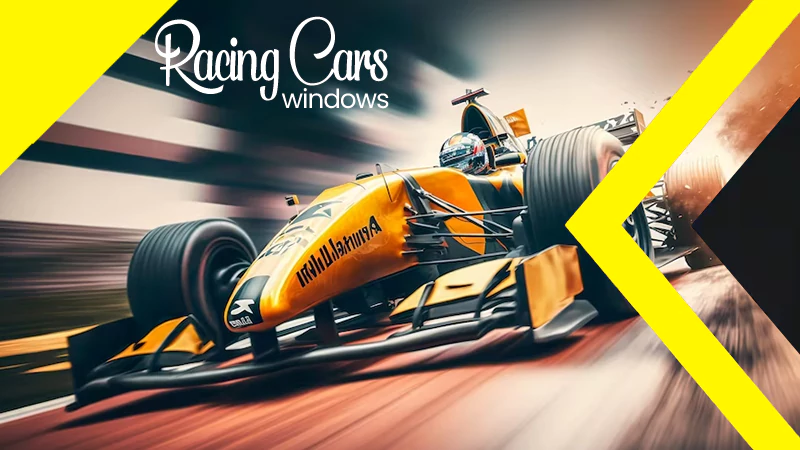Bikes That Became Revolutionaries in the World of Motocross
Motocross, especially at the beginning of its birth, was one of those unique sports competitions in which everyone could become an equal participant. It was enough to get a powerful bike, learn to ride it, and achieve perfection in its category. We invite you to look through the history of motocross and its development, then review the most recognizable motorcycles that have contributed to the rise of this Powersports.
A Quick History Glance
A modern cross-country motorcycle, which each of us can buy in a store, online car auction, or even insurance car auctions if desired, is the crowning achievement of engineers who have worked tirelessly to improve this technique for over forty years. Such a bike is incredibly productive, reliable, light, and controllable, but it wasn’t always like that.
The first motocross bikes were usually unbelievably heavy and far from today’s in terms of reliability, and the race was often won not by the fastest motorcycle but by the one that was able to get to the finish line without breaking down. Let’s take a look at which notable machines became the legislators of fashion in their time, turning motocross into the exciting spectacular sport that we are lucky enough to enjoy today.
Honda CR250 Elsinore, 1973
The Honda company first announced itself in the field of cross-country motorcycle production as far back as 1959. However, there were no truly tangible successes compared to the background of competitors for 14 long years. Everything changed in 1973, when the legendary Honda CR250M Elsinore model was released. It was the first two-stroke engine cross-country motorcycle, named after the famous Californian Lake Elsinore Grand Prix race.
At that time, all the main rivals — Kawasaki, Yamaha, and Suzuki — had long since shown the world their first successful models and managed to take their factory teams to various European competitions. For example, Suzuki representatives could already boast of six awards at the world championships. The responsibility for the backlog lay with Soichiro Honda, the company’s founder, who stubbornly refused to give the green light to two-stroke engines. Fortunately, the engineers eventually managed to prove to the boss the feasibility of such a motor type for cross bikes.
It should be noted that the Honda team preferred not to win the world dominance in motocross at the world championships. To begin with, it was decided to test the machine in the American National Motocross Championship. At that time, this sport was just gaining momentum, but it was already wildly popular.
At the time of market entry, the Honda CR250 Elsinore model cost $1,145, which allowed it to immediately conquer the hearts of an entire army of racers. The model proved to be more powerful, with 30 hp, more convenient, and more reliable than the closest contemporary competitors. Since then, Honda has been one of the leaders in the world of motocross.
Yamaha YZ250, 1975
After watching the dizzying success of the Honda Elsinore model, the engineers at Yamaha quickly rolled up their sleeves and soon introduced a new line of their motorcycles, as well as a radically updated and improved version of the YZ250B configuration. As of 1975, the motorcycle was selling for significantly more than the Elsinore, namely for $1,890.
However, it was definitely worth the money because the new owner had the most advanced technologies at their disposal. First, the designers managed to reduce the weight of many elements as much as possible due to the use of fiberglass. It was used to produce air filter boxes, engine side covers, and seat bases. No less revolutionary for those times was the engine, which featured a chrome-plated cylinder and a petal valve. But most of all, connoisseurs admired the unique suspension with a monoshock absorber, which was installed for the first time on serial bikes.
The fairly large cost of the YZ250B was explained by the fact that the company invested a very large sum in the development of the model. At the same time, the initial purpose of motorcycles of this type was to participate in competitions. Therefore, in 1974-1975, no more than 1,000 units were sold in America. Soon, this strategy was rethought.
Summarizing all that has been said, it’s safe to say that 1975 was a fateful year for the world of motocross. Yamaha set a new pace with the introduction of a motorcycle with a monoshock rear suspension, which was soon followed by other motocross manufacturers.
Suzuki RM125, 1981
1981 was a successful year for the Suzuki company. The manufacturer launched the innovative RM125 model and presented it to the public. The bike was equipped with a liquid-cooled engine as well as a rear mono-suspension. The motorcycle was soon recognized as the undisputed leader of its class, which was facilitated by its lightness and speed characteristics, along with the advantages of the suspension. In the opinion of the experts, the RM125 configuration is by far the best motocross bike in the last quarter of the previous century.
In those days, technology progressed at a rapid pace, so the period of dominance of the RM125 was short. Already in 1982, the closest competitors—Kawasaki, Honda, and Yamaha—offered equally worthy alternatives.
Wrap Up
The world of motocross is so exciting that you won’t stop once you start to discover it. This time, the motocross Powersports development history has brought us to the most iconic and recognizable cross-country motorcycles that launched the revolution in motocross and stimulated manufacturers to find more innovative solutions.
Worth Glancing
Exploring Common 2-Story Houses Energy Usage Patterns and…
How Long Does It Take to Obtain An…
The Secrets Behind High-Performance Racing Windows
Co-Parenting Strategies for Divorced or Separated Parents in…
How Auto Lawyers Help Victims of Distracted Driving…
How Can an Attorney Help in a Trucker…
What is the Rule of Thumb for Pipes?
Best DVD Rippers for Windows & Mac: Free…
Reducing the Impact of Unexpected Construction Expenses
8 Ways to Improve Wi-Fi Speed and Stability…
What Information Can Be Gleaned From a Funnel…
Essential Strategies to Make Hotel Management Easier












